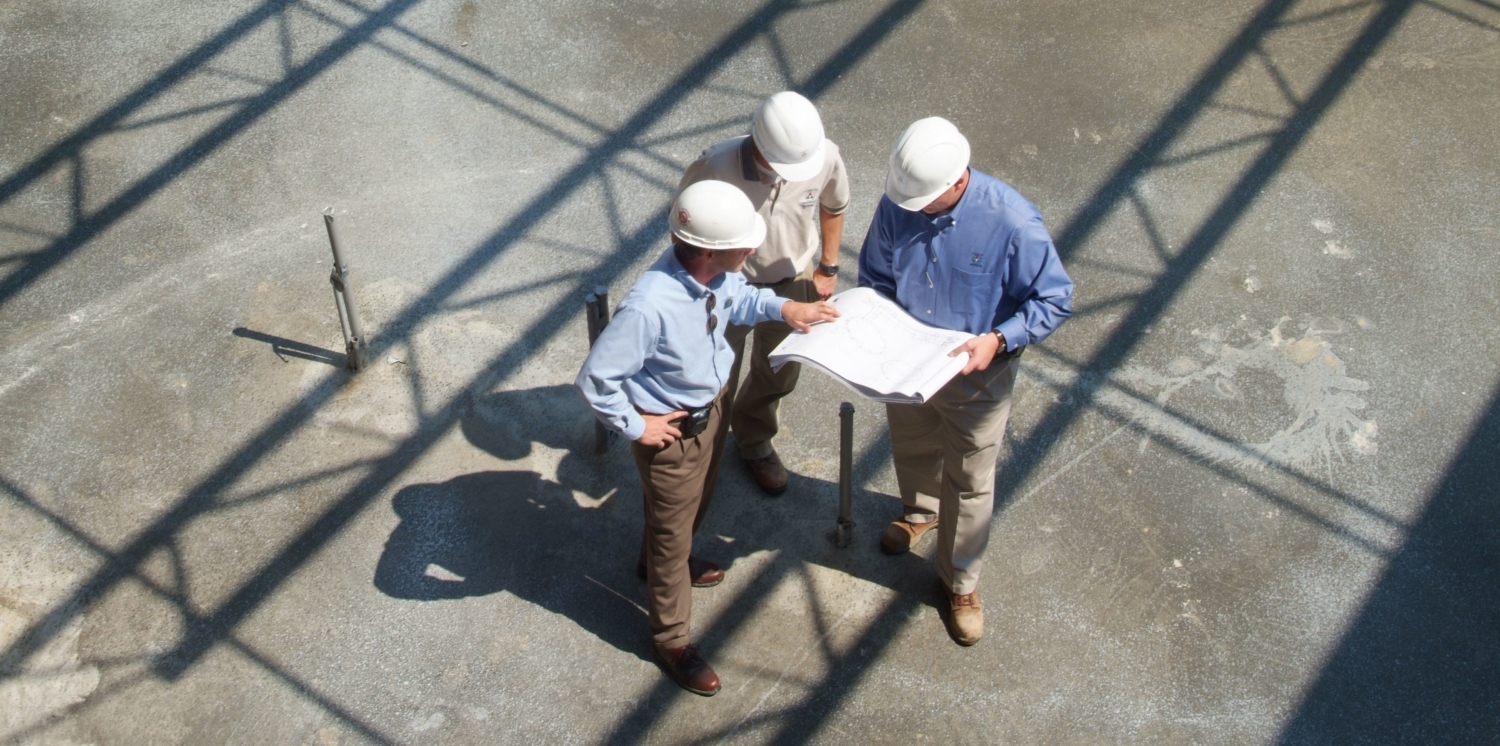Construction Workforce Trends
-
Category
Innovation -
Posted By
Schmidt Associates -
Posted On
Jan 03, 2018

Schmidt Associates regularly tracks and discusses impacts to the Architectural, Engineering, and Construction industry so we can be prepared to respond. We have seen a tightening in the labor market, which results in higher construction costs for our clients. As clients ask what is causing this, we found a report by McGraw Hill Construction* that summarizes it well.
Due to a lack of people applying to jobs in the construction industry, many builders and contractors have seen an increase in the cost to build a project. As the industry changes and new trends emerge, there is a feeling of uncertainty about how well-prepared the workforce of the future will be. This tightening in the construction labor market is felt down the line for the architects and engineers as well.
Possible causes for a decrease in the workforce:
- The Housing Bust
Loss of jobs leading to workers being displaced. They relocated elsewhere, and had to give up the industry all together for something else
- The Great Recession
They lost their jobs or had to change jobs in order to increase their household income. If the construction industry appears to be an “unstable” field, then people were more likely to not go back to their previous jobs after the recession mended itself.
- Younger generations aren’t interested in venturing into the construction industry
Also, companies wanting to hire a more seasoned employee, not taking the risk of hiring on the 19-24somethings age group
- Baby Boomers are retiring
This includes less workers, along with a loss of leadership
- The industry is changing and requiring less traditional skills
These requirements (to keep up with the new, transformative industry trends) of certification, new knowledge, and more training could be deterring people from the construction industry.
The construction workforce shortage has impacted Schmidt Associates in some of the following ways:
- Delays in projects due to less workers on the site
- A concern about getting experienced, skilled workers with the current technology and collaboration knowledge
- Carpentry/millwork, Electrical Contractors, and HVAC/boilermakers are near the top of the list of trades with the most shortages are expected
*Interested in reading the full report by McGraw Hill Construction, you can find it here.







